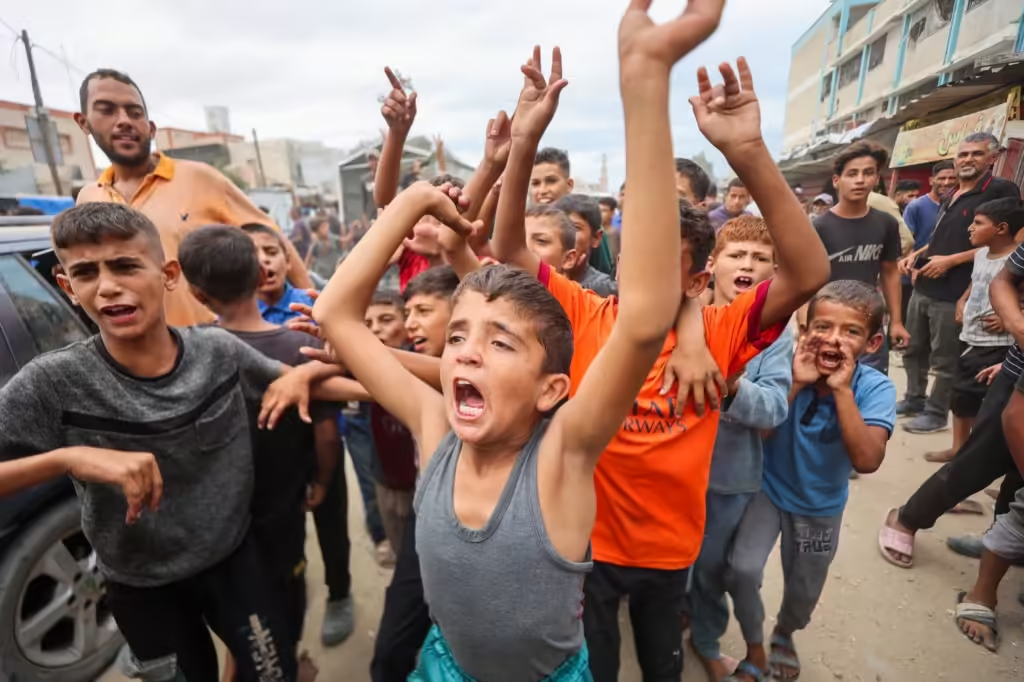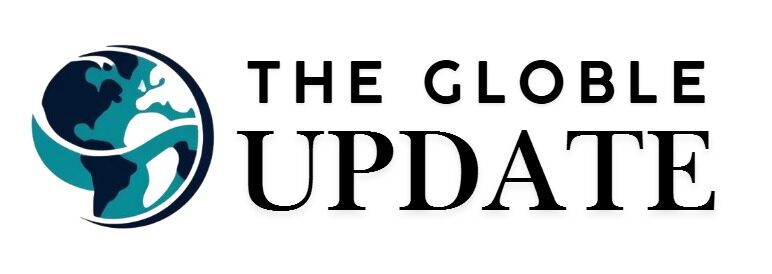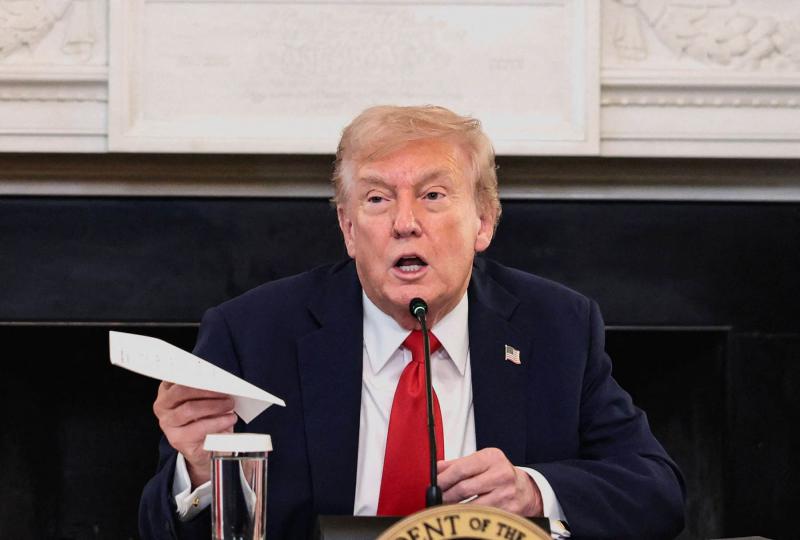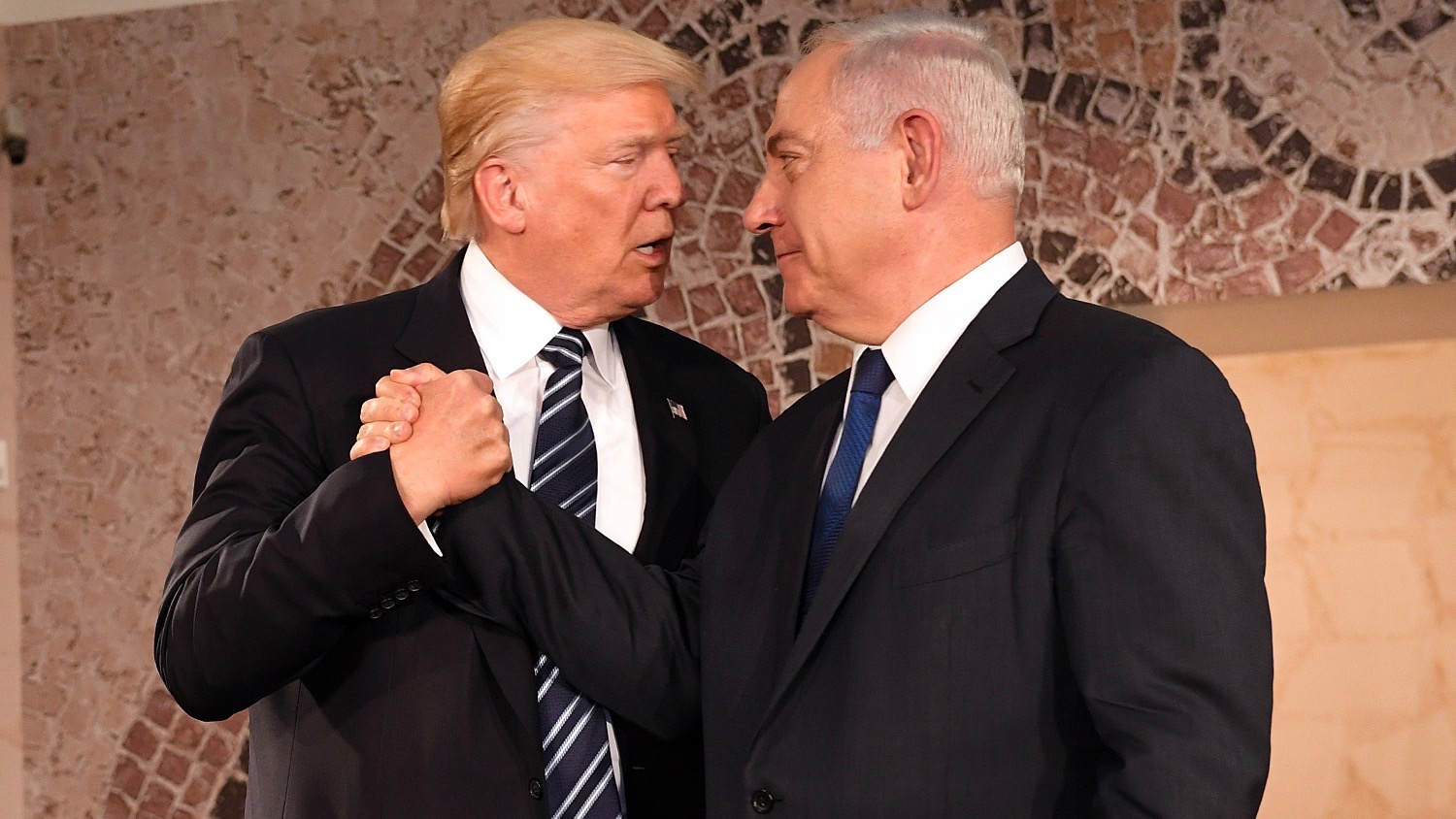Meta Description:
Donald Trump’s Gaza peace deal promises a new start for Israel and Hamas after months of war. Here’s what’s been agreed, what’s uncertain, and how this plan could reshape Gaza’s future.
A New Chapter for Gaza
After months of violence and failed talks, a ray of hope has appeared. Former US President Donald Trump announced a Gaza peace deal between Israel and Hamas — a move that could mark the first real progress toward peace in a long time.
Trump revealed the agreement on his Truth Social platform, calling it a “historic event” that could bring calm to the region. According to his post, the deal includes a ceasefire, release of hostages, and withdrawal of Israeli forces from parts of Gaza.
Though the announcement has created global attention, experts say the path ahead is still filled with challenges.
What the Deal Includes
Under Trump’s Gaza peace deal, both sides have agreed on several key actions:
- A ceasefire could take effect as early as Friday.
- Israeli troops will withdraw to a defined line within 24 hours.
- Hostages held by Hamas will be released within 72 hours of the ceasefire.
- Israel, in return, will release around 1,950 Palestinian prisoners — including 250 serving life sentences.
However, both sides are still negotiating details about the prisoner list and where some of the released individuals will be relocated.
To better understand how this plan differs from earlier ones, here’s a quick comparison:
| Key Element | Past Peace Efforts | Trump’s Gaza Peace Deal |
|---|---|---|
| Ceasefire length | Short-term pauses | Longer initial truce |
| Hostage release | Gradual | All at once |
| Prisoner exchange | Limited | Wider in scope |
| Foreign mediation | Regional | Broader international involvement |
Unanswered Questions Remain

While the deal’s first phase sounds promising, many crucial issues remain unsolved.
Trump’s wider plan includes several tough points — disarmament of Hamas, a new transitional government, and the creation of an international peace board to oversee Gaza. These ideas aim to build long-term stability, but they’re still in discussion.
It is also unclear whether Israel will agree to allow an International Stabilization Force in Gaza, or if Hamas will accept disarmament in exchange for amnesty. Another uncertainty is security guarantees — Hamas wants firm assurance that Israel won’t restart attacks once the truce begins.
What Lies Ahead
If all goes as planned, the first hostages could be released early next week. The Israeli cabinet is expected to vote on the agreement soon. But the bigger questions — Gaza’s future governance and security — are yet to be settled.
Trump has stated he plans to visit Israel in the coming days, signaling his personal investment in making this deal work. However, inside Israel, not everyone supports it. Some right-wing ministers see the deal as a compromise that could weaken national security.
Still, Trump’s Gaza peace deal represents a rare opening for peace in a deeply divided region. Whether it becomes a turning point or another missed chance depends on how both sides act in the days to come.




